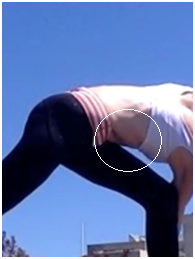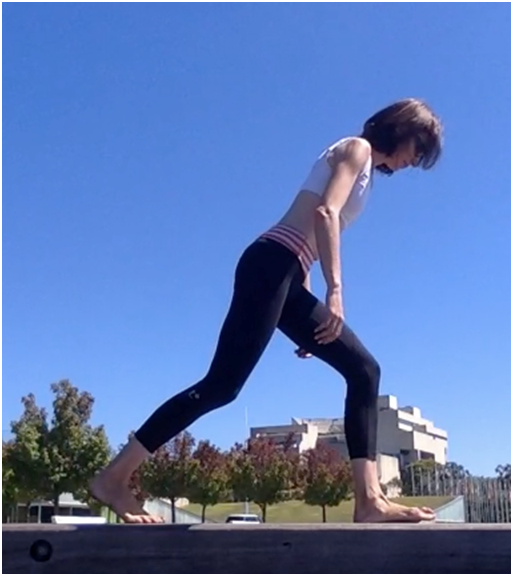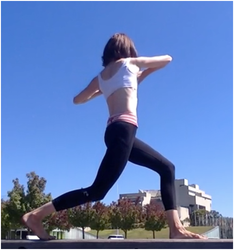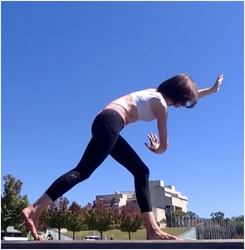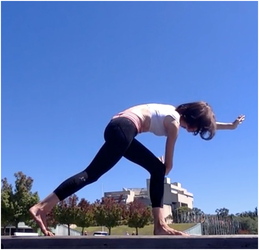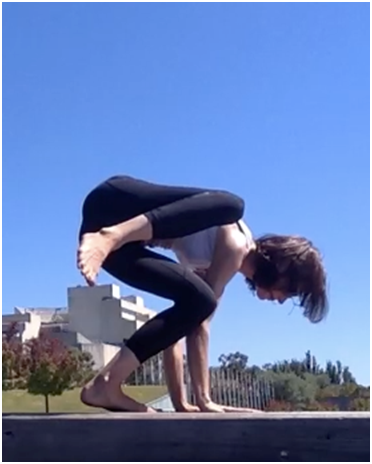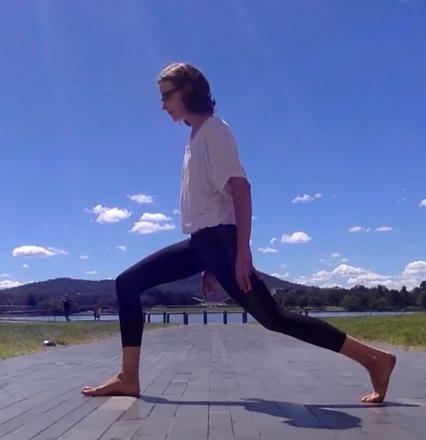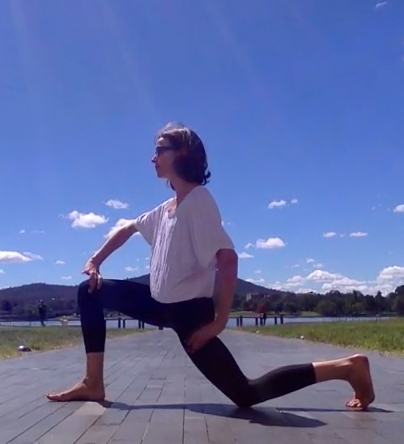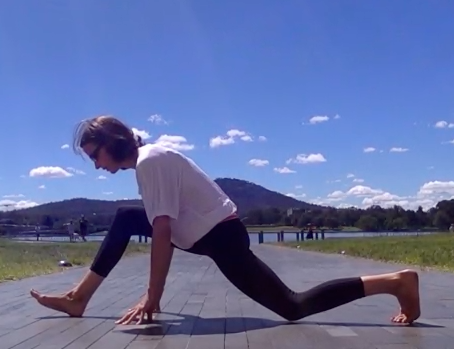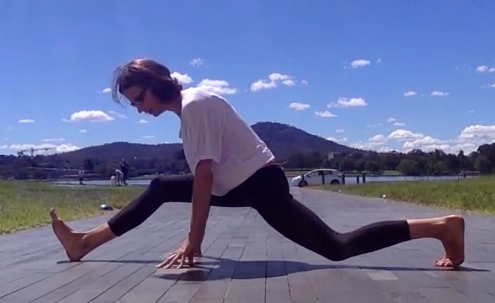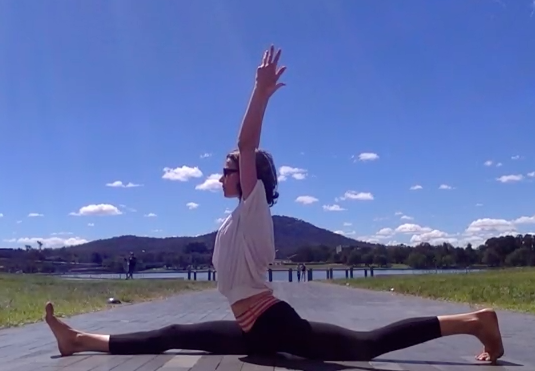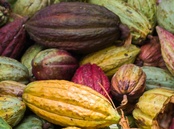Holding on to anger, resentments, hurt and pain rather than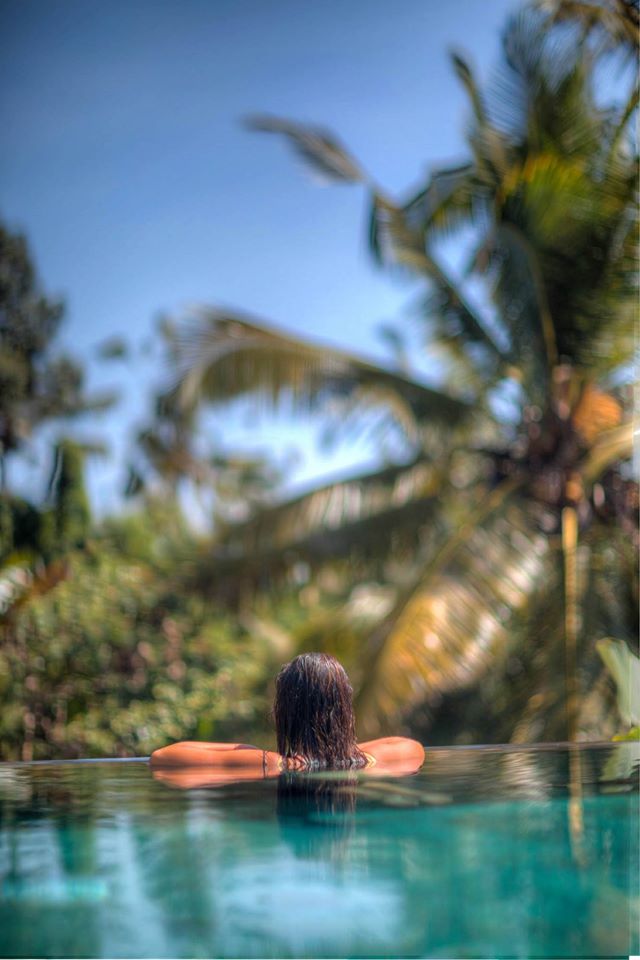 forgiving is something that is very detrimental to our health.
forgiving is something that is very detrimental to our health.
When we can resolve major issues like power, control,
abandonment, jealousy, and anger issues the sooner we can move out of the drama and into a really creative, productive and exciting life in which we are truly growing!
When we overeat eat cooked foods, processed foods, junk foods, packaged foods loaded with chemicals, over-salty & over-flavoured foods, or we overeat then our colon is stressed. And when our colon is stressed, we are stressed. And then it’s much harder to be kind, positive, loving or forgiving.
We are so addicted to foods that harm us. And so it is easy to get addicted to addictive negative
emotions that harm us too.
And just as much it’s easy to get addicted to anger, hate, confusion, sadness, despair. Powerful emotions generating powerful addictive chemicals in our body.
But when we eat a raw diet, it’s possible to break the cycle. Diet and emotions work together in so many ways. And interesting that eating a diet which is not addictive in any way, we become free of addictions. We think more clearly. We aren’t so easily stressed.
This is what we focus on our retreats. We do a week of raw food, eating our way into health one bite at a time. We workout and bring play back into our life. And we do our inner work. And together these planes support each-other to generate a huge forward momentum that we are truly shift into a whole new way of life and a whole new level of vibrancy!
We offer personalised retreats to support you in any transition; a holiday just for you. Please see our personalised page for all the details.
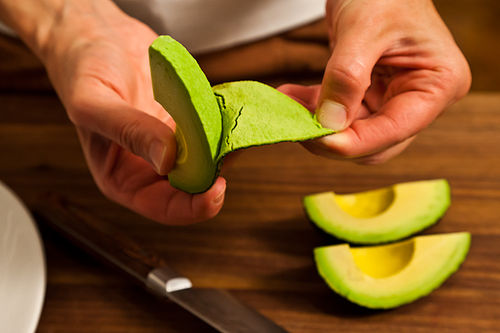 Avocados are packed with disease-fighting antioxidants like pantothenic acid (B5) that can alleviate conditions like hair loss, allergies, asthma, stress and anxiety. Constipated? Avocados contain dietary fibers that can normalize bowel movements. It also has vitamin K that regulates normal blood clotting; copper that helps reduce cholesterol; folate which plays a role in DNA synthesis and repair; vitamin B6 that protects the immune system; potassium which enhances muscle strength, metabolism, water balance and electrolytic functions; vitamin E and vitamin C that protects our body from toxins.
Avocados are packed with disease-fighting antioxidants like pantothenic acid (B5) that can alleviate conditions like hair loss, allergies, asthma, stress and anxiety. Constipated? Avocados contain dietary fibers that can normalize bowel movements. It also has vitamin K that regulates normal blood clotting; copper that helps reduce cholesterol; folate which plays a role in DNA synthesis and repair; vitamin B6 that protects the immune system; potassium which enhances muscle strength, metabolism, water balance and electrolytic functions; vitamin E and vitamin C that protects our body from toxins.
But did you know that the way you use to peel an avocado might make a difference to your health?
Research shows that the there are more nutrients in the peel and the seed and the avocado pulp has actually much lower nutrients. So here’s a way on how to peel, cut and dice your avocado and get the necessary nutrients you need.
This method is what we call the “nick and peel” method.
First you cut the avocado lengthwise, resulting to 2 long avocado halves that are still connected by the seed. Second you hold both halves and twist it in opposite directions until they separate.
Remove the seed and cut each of the halves lengthwise and peel it off just like peeling a banana. Lastly, you can then cut it into cubes and viola! you now have avocados that gives you the best possible nutrients.
 Practicing Calm: Four Benefits of A Silent Yoga Class
Practicing Calm: Four Benefits of A Silent Yoga Class
Every 9 weeks I teach a silent (physical) class. My retreats always finish with a silent practice. And in workshops I will usually have a ‘silent’ break somewhere in the middle.
A silent practice is where I lead by having students follow my movements. But just because I stop talking does not mean things go quiet!
In fact, the opposite can be true. You start to hear other sounds more intently. Other voices, the water trickling, the wind swishing, the sound of clothes rustling.
It is why many teachers discourage people from leaving a class while others are meditating or relaxing; you might think you are being quiet but when the teacher stops talking all other sounds can be amplified.
And even if we could be alone in a room, we still would not be in silence. You start to hear the sounds of your breath, the sounds of the inner workings of your body—stomach gurgling, pulse throbbing. And, unless you are a seasoned meditator, you will likely find your internal voice can take on a noise all of its own!
That said, a non-verbal (physical) yoga class can help you in many ways. Since I teach one every 9 weeks and will be teaching at least one at our retreats, you will get to one eventually. Below are some of the benefits you can expect.
Letting go
First, it is a practice of letting go.
Without a teacher’s verbal instructions you need to ‘be’ where you are at that present moment in time. Indeed, you cannot ‘be’ anywhere else. When no one is telling you how to do bakasana or a handstand (or even something less complex), if you cannot figure it out, you need to let that pose go.
That means you also get a snapshot of where you ‘are’ at that moment in time and what your level of readiness for particular postures is. It gives you some insight into what you might need to cultivate further.
Going inside
Second, you gain an appreciation of just how much mental energy it takes to listen.
Listening is a great skill. It helps you to be a kinder, more socially able person.
But language processing, even when people are saying helpful or kind things, takes up a lot of your brain’s capacity.
When you do not need to listen anymore you are free to follow your own internal voice and intuition. Again, you become more in tune with what is going on with you at that moment in time.
Many religious orders and spiritual retreats harness the insightful power of this type of silence.
Greater connection
But being in silence does mean being alone. A third benefit is the amazing capacity of the verbal silence to enhance a feeling of connectedness.
In a silent class you are not just doing your own thing entirely. You are still following the basic movements and timing of the class.
And the silence combined with shared movement, helps you feel more connected to others in the group. You sort of become a bit like a school of fish who move collectively—communicating via something other than spoken language.
The connection is not just to the group, however, because the silence of the group also helps you become more in tune with the environment. You attain a keener sense of the ground beneath you, breeze and sun on your skin, wildlife around you, and the people passing by.
Thinking less
A fourth benefit is that this type of practice can help you out of ‘over-thinking’.
With no verbal instructions you have less to question—what does that mean? What is she talking about? Am I doing it right?
Over-thinking is one of things that can block movement of energy through our body and, as such, block feelings of overall well being. It can make us stiff, rigid, anxious, and prevent us from seeing clearly.
When we cannot ‘see clearly’ we do not feel at our best. We tend not to make the best decisions.
Practicing calm
These four things—letting go, going inside, a sense of greater connection to the group and environment, and thinking less—all help you to practice bringing about a sense of calm.
Most people, at the end of the silent practice, find it easier to meditate and find the quality of their meditation much enhanced.
We will be sharing some beautiful silent practices with you at our retreats and in the classes we teach around the world. Looking forward to seeing you somewhere soon!
 People who have a mindless moment, like a Satori, seem to be at peace – The Peace That Passeth All Understanding.
People who have a mindless moment, like a Satori, seem to be at peace – The Peace That Passeth All Understanding.
So that could bring up the question of how is it the mind is so active?
It is there to take care of us. If we are not present, which is most of the time, we may not recognise a possible danger.
Trouble is, the mind is rather crude, so misses the subtle.
It can only access the past, so to be on the safe side it tends to be either pessimistic of optimistic – thus missing any possibility of anything new.
Scientists are now telling us that we have more thinking cells in our heart, and belly, than we do in our head – so there are other possibilities.
So in order to access any new suggestions from these centres we need to learn how to listen.
So the suggestion is to spend a little time each day listening to what the other centres may be attempting to communicate to us.
It can be called the Intuition.
Some scientists are now saying that there may not be anything like what we call time, and what we call the past and future may be generated in our minds.
If that is so, maybe psychics are accessing our possible future?
And if they can do it, so can we – if we give it a chance – by being a bit more accessible.
Inspirations from Paul Lowe ~ http://www.paullowe.org/
 In general jams have been made from the need to preserve fruit so you can enjoy them and their flavours in periods in which it’s hard to source them.
In general jams have been made from the need to preserve fruit so you can enjoy them and their flavours in periods in which it’s hard to source them.
At the time of ancient Rome there were very similar products to jam, made from whole fruit dipped in sweet wine, mulled wine, juice and even honey.
The Italian Geography of fruit and their flavours are:
South Italy, thanks to high temperatures is famous for citrus marmalade.
Lemon marmalade in Sicily, oranges in Calabria and quince and figs in Puglia. In these lands citrus are vast and can enjoy a hot and tireless sun.
Central Italy offers a wide range of grape jam.
In Northern Italy, thanks to the humid climate, the forest fruits are used for jams. Blueberries, blackberries, raspberries and strawberries.
Jam can be made from: cherries, plums, oranges, strawberries, peaches, apricots. One of the greatest benefits of not boiling the fruit unlike the traditional way of making jam is that all the enzymes are intact and so much less sugar is needed. They can enjoyed with raw crackers and breads.
It’s ideal for the whole family.
An abundance of colors and flavours to be tasted at any time of the day: breakfast, snack time and can also be used for the preparation of so many other raw sweets.
I used lemon and dates as the preservative. Dates with its natural sugar enables ‘marmelada’ a 4-5 day life in the fridge.
Ingredients:
- 500g of ripe apricots, or any fruit of your choice
- 7-8 large fresh dates
- Juice-half a lemon
- 1 teaspoon of lemon peel
- ¼ teaspoon nutmeg
Put all the ingredients in food processor and process until a thick mass – the marmelada is formed. It will need 2-3 min, depends of the power of food processor.
Put the jam into a jar, eat and store the rest in the fridge.
Hugs from Italy! :))
Neli Todorov writes an active blog http://nelisraw.blogspot.it/ and shares news of workshops and events on her facebook page
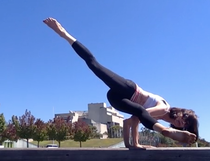 As a teacher I am always trying to demonstrate active movement and show where movement may be coming from. Sometimes this is tricky because what you see may not be where the movement arises.
As a teacher I am always trying to demonstrate active movement and show where movement may be coming from. Sometimes this is tricky because what you see may not be where the movement arises.
Also, sometimes a more passive posture may end up looking much the same as the active posture. But the feeling is completely different.
In the first picture I used active spinal movements to come into the pose.
In the second I came in by ‘falling’ with gravity and mainly by flexing my hips.
While they look much the same, the feeling in the torso especially is completely different.
Active movement (spinal forward flexion first) – Non-active movement (hip flexion first)
I don’t want to suggest one is right or wrong. I choose to do the first version in my practice and teaching to help develop strength and mobility in the torso.
Aside from helping my spine feel good, moving actively and having activated muscles around my tummy in particular, helps me come into the arm balance variation that follows this posture in our current sequence.
Here I have to say, I got a six-pack without ever doing a crunch or by adding a ‘core yoga’ section into my classes or self-practice.
I simply do active movements throughout my entire class and am pretty much doing a ‘sit-up’, aka active spinal forward flexion, in every forward bend I do.
Back to the postures at hand! There are two. A standing posture, then an arm balance.
Watch the video first to get a sense of the flow and process.
|
|
|
Spinally speaking, the standing posture is basically a twisting, side bending, forward bending backbend. That is, once I am in the lunge and lengthen lower back (sitting bones down, top of pelvis back), I do a twist, a side bend, a forward bend, then a little back bend in my upper back. A little hip flexion creeps in but after the spinal forward flexion.
Step 1: Get into a lunge
In this lunge I have my back heel up. That is because I am going to make this posture dynamic and move into the arm balance. Traditionally heel is down.
Many people find having heel up difficult to balance. You need to be using your feet and legs actively to assist with the balance. I grip with my toes lightly.
Also, if you allow your hips to be sinking it is often a sign you are not using your legs actively enough and will make it harder to balance. I keep my hips a little higher and legs active here. Nothing wrong with going lower but just in an active and not sinking way.
Step 2: Lengthen lower back
Here I have taken sitting bones down, top of pelvis back in order to lengthen my lower back.
To me, this is different and more subtle than ‘tucking under’. Remember, rather than fret about action, go for feeling. The feeling here is to have space in your lower back and not squashing.
In this picture I have also lengthened my entire spine. I have taken my lower ribs back and up lightly. You cannot see my neck but I have head down, neck back slightly to lengthen back of neck.
I have begun to push my armpits forward and lightly down, elbows lightly up.
Step 3: Active spinal twist
I try to move from base of spine upwards. That means, turning from navel, area then lower ribs, then chest, then shoulders.
Look at the front foot. See how much it is still working.
Spine still long, not arching.
Step 4: Active spinal side bending
Here I initiate side bending by bringing back hip forward and up towards the rib. At the same time I am reaching opposite arm up and forward from my waist/pelvis and trying to move that side hip back slightly so the whole side body lengthens.
The side of my body that closest in this picture is firming. This side bending firmness will help me in the arm balance.
You can see I start to have more weight on my front foot—the back heel is raising as well in preparation for the arm balance to soon come.
At this stage I am in a back lengthening, twisting, side bending posture.
Step 5: Spinal forward flexion
Now I have begun a spinal forward flexion process.
See the space you can see between the top of my thigh and torso and how the angle is still relatively open.
I am now in a spine lengthening, twisting, side bending, forward bend.
There is no need to go deeper. Unless you are coming to the arm balance, that is!
To get to the ground I need some hip flexion. I initiate hip flexion here, after I have done my active twisting, side bending, forward bend. Importantly, I maintain these actions as I lower.In my own practice I often choose to stay at this point here. It feels really good.
I can do the arm balance easily but for me it seems unnecessary compared to how nice it feels to stay actively in this posture for some time.
At this point a t lot of yoga teachers in classes I have attended will come up and try and get me to put my back heel on the ground, to try and put my hand on the ground, to try and take my legs further apart.
There is nothing wrong with that. But this feels so much better. Perhaps it is not pretty but once you start to appreciate active movements and see what is going on in the posture you see this as something lovely and delicious feeling.
I am not leaning or using the bottom arm on my knee at all. If you were to use it then do so in an intelligent and active way. That would mean using the arm to press lightly into the thigh and pressing the thigh back into the arm. I am definitely not using my arm to ‘wrench’ or twist my spine here. I am also not sinking into it.
Step 7: More hip flexion and knee bending to get hands to ground
The only way to get to the ground is to get some more hip flexion in there, front knee bends more as well.
A lot more in fact. You can see it has started to come in front of my toes. I need to be firm behind my knee to maintain the integrity of my knee here. My ankles are moderately flexible in a squat so my heel can stay down. If you need it is perfectly fine to lift that heel. In fact, it might help you to keep firm behind the knee.
You can see hands are coming in front of the foot and off to the side.
I am maintaining all of the actions from previous steps. That means my front knee is actually only lightly touching my arm.
Notice how at no stage did I start pushing my arm into the knee to get me into this twist. They are touching lightly here. I do not want that front knee to get heavy. It will become heavy if you are not using your torso actively and you will feel like you are sinking in this posture instead of lifting.
This picture sort of shows you how my whole back body is lengthened, not flattened. You can see I am moving my chest into my upper back and moving my shoulder blades around the sides of my chest.
Notice I am transferring weight forward. You can see this as I am coming more onto the tops of my toes on the back foot.
Step 8: Enhance side bending
Leaning forward with more weight on my hands and pushing the floor away. I don’t want weight on my feet in an arm balance. I need to support it by pushing into the floor with arms to get lift.
I am gripping with finger tips as thought grabbing at the ground (not flattening fingers).
I am maintaining all the core actions.
This allows me to enhace side bending by bringing the back knee into my shoulder. I can only do this without feeling heavy or sinking if I have kept all of the actions in the torso.
You can see weight is more and more over the hands and my front heel has started to lift. I need lightness in this foot to come up.
I squeeze my wrists together and keep feeling as though my elbows are trying to come together.
Step 9: Lean forward, smile, stay firm but calm, and lift
Compare this picture with the previous one and you see my shoulders have come further forward over the finger tips. I have to lean forward without dropping into my shoulders to come into this position.
Actually, let me correct myself. I don’t have to. You can drop and do this but it will probably feel awful on your wrists and shoulders!
If you can sneak a look at my tummy here you can see is it active!
Step 10: Legs out!
I continue leaning forward. See how far my shoulders have come in front of wrists. I suppose if you were stronger you would not need to lean as far forward but I am not that strong. I am trying not to lower my chest but to stay lifted.
Maintaining all previous actions, I just straighten my legs.
The top thigh is rolling in and bottom thigh is rolling out.
I am happy and calm and firm and strong and feeling good. If you walked past me I could say hello and tell you how good I was feeling and have a little chat without getting breathless.
In Sum
Remember that this arm balance is just a bit of show ponying really. It looks impressive but it won’t make you happier or healthier!
Staying in the standing version might help you more than the arm balance.
.
I proceeded to do the splits right there and then, with no preparation.
Well, let’s say I managed the position but did something to my butt that had me limping for a month!
These days I can do the pose almost first thing in the morning as I have been practicing for many years. However, most people will need quite a bit of preparation.
The splits should not feel like too much stretching. It is not about splitting apart.
Working actively means the pose is actually about coming together again.
You remain at whatever stage you feel comfortable in (feel like lengthening and relaxing, not stretching and tugging). But first, some keys to practice. Below I have shown step-wise progression into the posture.
Hover the curser over the photos to see the steps
There are two key things I am doing in each stage. The first also has a little subplot.
The back thigh is rolling in, which means you might feel the inner thigh firming a little. If you could turn around and see your knee is trying to move so it is more towards the centre line of your body.
The subplot here is that I am also trying to move the side of front hip back and draw side of back hip forward.
If you are not mindful the opposite tends to happen. That is, when you roll the front thigh out it can often bring the side of front hip forward and when rolling the back thigh in it can often send the side of back hip backward. So you need to watch out for this.
The second key thing I am doing is to try to suck my legs or feet together.
Yes. I am not actually trying to split them apart.
Sucking them together could be likened to someone at foot trying to push your legs back together (what I am doing).
Whereas most beginners just try to let their legs come apart. Actually, they do not even do that so much as let the weight of their entire pelvis and torso just hang and sag in the middle. Its not a pleasant feeling. Sucking it up is key.
In our yoga practice of this pose we need to be thinking of trying to draw our feet back together again (while they move apart).
This makes the posture active rather than passive.
It will help make you stronger and more mobile.
The video shows these movements in action. I have also provided a 2nd video to show advanced variations of the posture (intended for demonstrational purposes).
|
|
|
The bare naked sky above you is good for you. That ceiling and those walls just contain you.
The breeze on your face is good for you. That air conditioning (or heating) just dries you out.
The ground beneath your feet–be it grass or dirt or sand is good for you. Wooden floors are nice, don’t get me wrong, but they are inside!!
When you practice outside beneath an open blue sky you look up and feel almost as though you are a part of it. It’s breath-taking.

When you open your eyes from savasana to behold a starry night you can’t help but feel at peace.
It’s awe inspiring.
When you start your pre-dawn practice and watch the sun rise, you feel the sun’s rays shimmering on your skin.
It’s radiant.
When you practice in nature you are continually amazed by the beauty of the world around you.
No matter what wallpaper is pasted, what music is played, or what statues are placed, I will never find a better place to practice than the great outdoors.
On days when I feel exhausted, I always feel better if I just open a window or door.
On days when I think I can’t practice, I simply step outside and find myself drawn to move or sit quietly and meditate.
It might be freezing, it might be boiling. It might be windy, it might be raining.
I simply pop my head outside and figure out what I need to wear and where I can be as sheltered as necessary without ‘succumbing’ to the elements.
It can be hard. Sometimes you need to be creative. But it is always worth it.
One of the main elements on our retreats is to get connected to mother nature. To be inspired and supported by the simple things in life.
Why don’t you try for yourself? Expose yourself to the outdoors and feel yourself embraced by nature.
www.yogacafecanberra.blogpost.com
www.artofliferetreats.com

